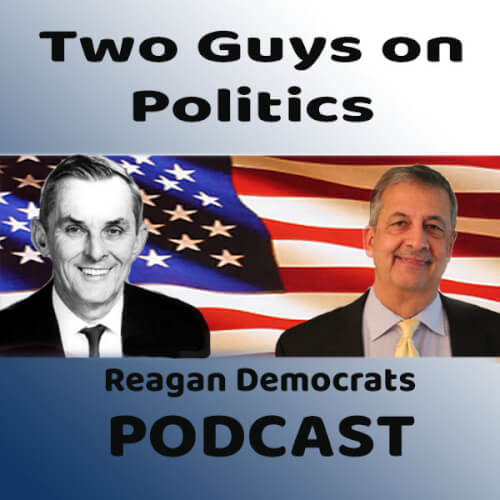Publicity, PR, News and promoting yourself
Some people just don’t understand communications. They think they can throw a piece of information at the news media, bloggers or even their followers and then expect massive benefits through republishing and distribution.
They want to make the public aware of what they are doing, a product they created, or event they have sponsored.
Yet, when nothing happens, they wonder why.
Most make the fatal mistake of failing to create an effective message. They know what they want to say but they just don’t say it in the right way to improve its chances of redistribution by their fans, followers, bloggers or the news media.
Let’s forget about the key component of “audience targeting” for a moment, a topic that I often write about on this blog. And let’s just focus on how to “present” or “craft” your message.
The end goal is to get your event picked up by a news outlet as a news story. You want the local newspaper, and online media, to take your information and create a news story that they will publish and distribute to their audience circulation.
You want it published.
You won’t get it published if you put the burden of creating the news story on the news media. Yes it is their job to take facts and write stories. And, they do that with news that is very important and in high demand like news about local crime, or news about the nation or region’s economy.
But the amount of effort they put into a story reflects the amount of importance the story has.
You trying to publicize yourself using “free media” may not be important to the general public at all, and, thereby less important to the media.
You could buy an advertisement to promote your event and that would ensure that your information is conveyed through the news media to the public. But, a full page Ad in the Chicago Sun-Times would costs $30,000. In a smaller community newspaper, it might cost $3,000. On an online news website, it might cost $1,000 per month.
But you don’t want to pay because you know that 1) it’s costly, and 2) the public tends to take advertising less seriously than they do information presented to them like a “news story.”
The public may not like the mainstream news media, but they do like the news, which they believe is “objective” and has no hidden agendas. An advertisement may have many hidden agendas and be filled with misleading claims and assertions. An Ad is not objective.
So, you want the news media, and bloggers, to take your story and present it, either in their own words, or in the words that you created it in when you sent it to them.
You do that by writing a release. You write a News Release to convey a news story. You write a publicity release to seeking publicity that isn’t so much news as it is a blatant effort to get yourself publicity. But oftentimes, publicity is interesting to the public.
PRIORITY 1: The more you make the release look like the final format that the news media would rewrite it, the better your chances of getting published. The more the content of the release you put together reflects the content in the style that the media would republish it.
In other words, when you write like the news media and do their work for them, you make it easier for them to use it.
PRIORITY 2: You need to make the information easy to understand. Anything you send out has to immediately convey its purpose and value in the FIRST SENTENCE. If you make someone read the whole release to appreciate it, they won’t. They will quickly lose interest, stop reading and throw your release away.
That first sentence has to be compelling, and tell the story.
DON’T MAKE THE MISTAKE that many businesses do by starting releases by promoting themselves. As a reporter, I would get releases that would start:
“COMPANY ABC IS THE WORLD’S GREATEST PRODUCERS OF ABC AND ONE OF THE MOST EFFECTIVE ABC COMPANIES IN AMERICA, AND WE’RE HAPPY TO ANNOUNCE A NEW INNOVATIVE SERVICE THAT HAS MANY BENEFITS.”
Puke!
That release sucks. How about telling the reader in the first sentence, what that “new innovative service” is that you claim to be touting. And, explain what its “benefits” are. IN THE FIRST SENTENCE.
Pat yourself on the back later on in the release. Don’t let your ego turn off the news media. Don’t let your desire for self-promotion turn off the news media.
Make the “news” the priority and embed in it the self-promotional PR crap that gratuitously pats yourself on the back. Chances are the media writers will drop that self-serving garbage from your release anyway.
The better way to promote yourself is add an “ABOUT” Section at the bottom of the release which tells people who you are, what you do, includes your website, Twitter handle and Facebook Page. Presented properly as supporting information, the news writers might include so that readers can go there to get more information.
Finally, be honest.
Are you writing to promote yourself, or do you really have news that is of interest to the public?
News presented properly will get published, especially if it is written in a news reporting style that reflects the publication you hope will publish it. If you want it in a newspaper, write it the way the newspaper would write it. Short paragraphs tight lead (lede) sentence. Eliminate the self-serving adjectives. Add compelling content and good quotes to support the content.
PR and publicity is important, thought and will get published, not on the front pages of the newspapers or in the main section of an online news source. But, it will get published and you will have a link of the story published by a reputable news outlet. And that’s good.
But write it in a compelling, news way, too. But don’t expect it to be treated the way News would be treated.
You can look on this site for basics on how to write press releases, but the fundamentals are simple. A minimum of 400 words. 600 Words is perfect. 800 Words is great. Minimize the self-serving adjectives. Put the most important information (to the public and media) on top and the self-serving pat-on-the-back garbage on the bottom.
Don’t just send out a news alert about your event in a Who, What, When, Where format that doesn’t offer much worth reading. That’s great for Event Calendars, but not when you are hoping for a news story.


